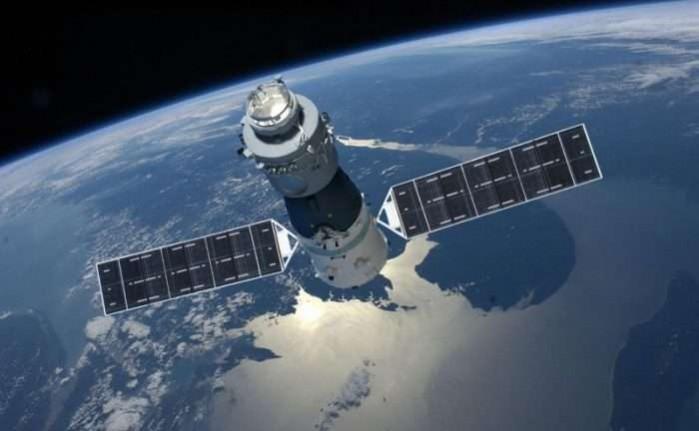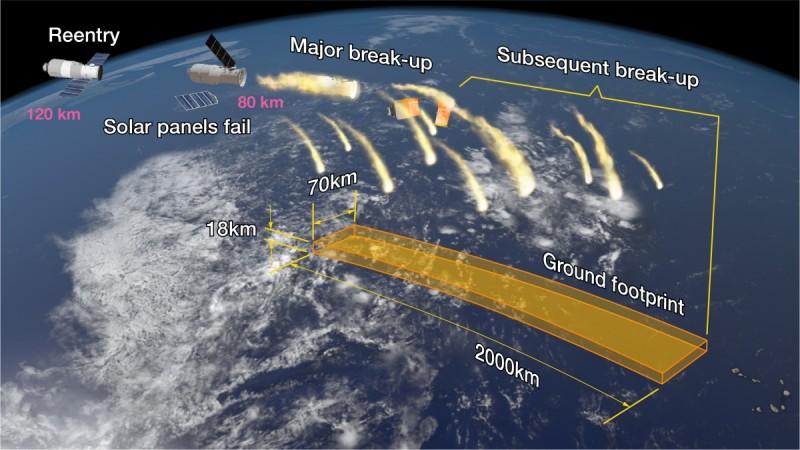
China's first and so far only space station – Tiangong-1 is set to re-enter Earth on Sunday, April 1, give or take 36 hours. It has been falling for some time now, but it is more likely than not to finally crash and burn within a week.
Why did China even build a space station in the first place? Turns out, the Tiangong-1, or "Heavenly place- 1" fulfilled a few important science missions while it was still active. Much smaller than the International Space Station (ISS), it was reportedly only the size of an average school bus says Space.com. However, it played an important role in the development of proprietary Chinese spacecraft docking and rendezvous techniques.
The Tiangong-1 was also decked out with scientific instruments, including earth observation kits as well as space environment detectors, according to the China Manned Space Engineering Office (CMSE), notes the report.

"Tiangong-1 has obtained a great deal of application and science data, which is valuable in mineral-resources investigation, ocean and forest application, hydrologic and ecological environment monitoring, land use, urban thermal environment monitoring, and emergency disaster control," wrote CMSE in a 2014 release. "Remarkable application benefits have been achieved."
Tiangong-1 proved to be useful with its observations during the Yuyao flood disaster in 2013, notes the report. Also, images from a massive Australian fire were also taken from the space station, proving to be useful for the Australian government. Information like this was also made available to domestic and international users as a paid service.
Tiangong-1 that weighed 8,500 kg during launch was seen as a test operation before China launched a much larger space station in the coming decade. It served as a way to demonstrate short-term living in orbit for astronauts.
The Tiangong-1 mission was supposed to last between 2011 and 2013 in which time China conducted three docking "Shenzhou" missions between November 2011 and June 2013. While the space station was built only for two years, it was put on an extended application phase by the end of 2013, notes the report.
The craft was then put on an Earth remote sensing mission, where it was able to produce several "hyperspectral" images, using data from across the electromagnetic spectrum. Chinese authorities also maintained orbit and performed several maneuvers to keep it its orbit.
By March 2016, and after 1,630 days in orbit, China had finally lost control over the Tiangong-1. Its final orbital maneuver was carried out in December 2015, reports Space.com. Based on current orbit, the space station is set to crash into Earth between the 43 degrees north and 43 degrees south latitudes.

















